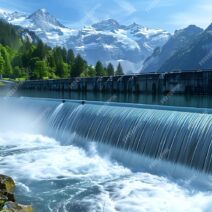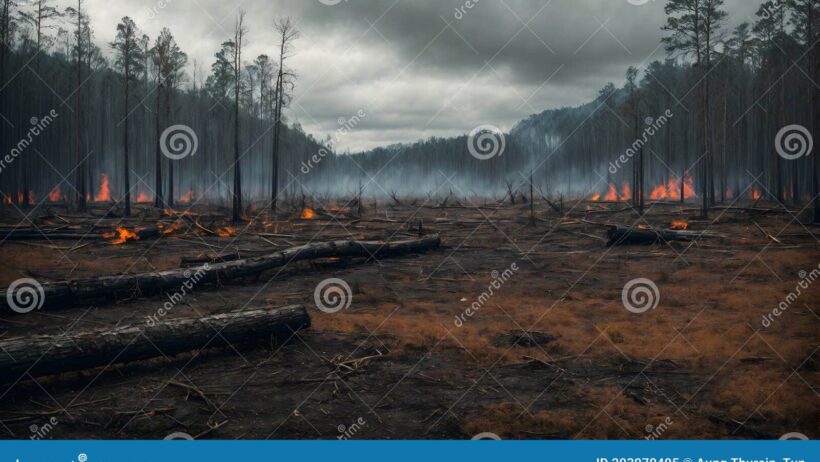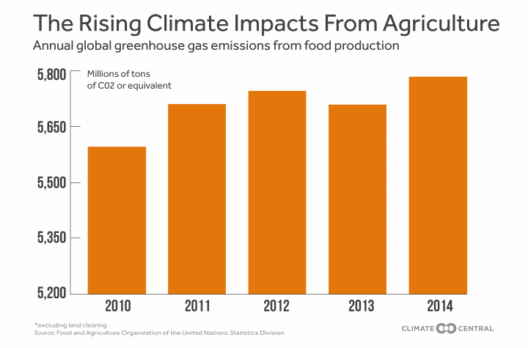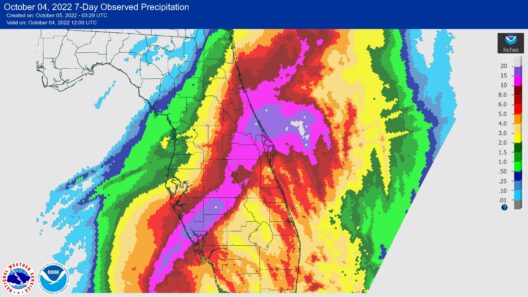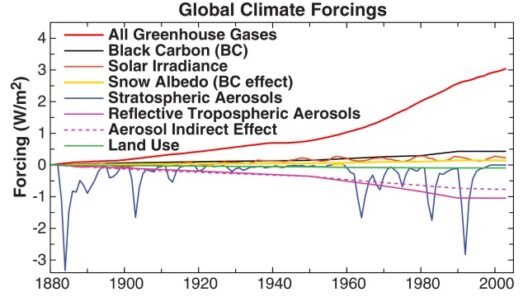Deforestation is an insidious threat that has far-reaching implications for our planet’s climate systems. This environmental crisis is characterized by the widespread removal of trees from forested areas, a process that not only devastates local ecosystems but also exacerbates the effects of global warming. As we delve into the grim intricacies of deforestation’s impact on climatic stability, it becomes evident that urgent action is required to mitigate this perilous trend.
Forests act as vital carbon sinks, sequestering carbon dioxide (CO2) from the atmosphere. According to scientific consensus, trees absorb approximately 2.6 billion tons of CO2 annually. When forests are cleared, the stored carbon is released back into the atmosphere, contributing extensively to the greenhouse effect. This release occurs both through the direct combustion of wood during logging operations and through the decay of organic matter after deforestation. The implications are staggering; it is estimated that deforestation accounts for about 10% to 15% of global greenhouse gas emissions.
In addition to carbon storage, forests play a crucial role in regulating the global climate. Various tree species, particularly tropical ones, facilitate the transpiration process. This process involves trees extracting water from the soil and releasing it into the atmosphere, which helps to form clouds and ultimately precipitate rain. When deforestation occurs, this mechanism is disrupted. The subsequent decrease in rainfall can lead to drought conditions, which not only affect local agriculture but also have the potential to escalate into broader climatic shifts, including desertification.
Moreover, deforestation diminishes biodiversity, a critical component of resilient ecosystems. Forest ecosystems host a staggering variety of flora and fauna. When large tracts of these ecosystems are destroyed, countless species face extinction. The loss of biodiversity reduces the ecological resilience necessary to adapt to changing climate conditions. For instance, diverse ecosystems are more capable of withstanding environmental stressors such as pests and diseases. The annihilation of these systems weakens their ability to recover from adverse conditions, making them more susceptible to further degradation.
The socio-economic ramifications of deforestation are equally alarming. Many indigenous communities rely on forests for their livelihoods, consuming the produce and utilizing forest resources for shelter and medicine. The destruction of these vital resources not only strips these communities of their homes but also perpetuates cycles of poverty and social displacement. Furthermore, the economic incentives driving deforestation—often in the form of agriculture expansion, logging, and urban development—frequently fail to consider the long-term ecological damage inflicted. This shortsightedness cultivates a paradox where immediate financial gain overshadows the profound implications for future generations.
Restoration efforts are of paramount importance in combating the scourge of deforestation. Initiatives such as afforestation and reforestation aim to replenish lost forests and restore degraded landscapes. Afforestation involves planting trees in areas that have historically not been forested, while reforestation focuses on replanting trees in deforested regions. Such endeavors not only sequester carbon over time but also restore biodiversity, improve soil quality, and enhance water cycles within these environments.
However, the world cannot rely solely on restoration to rectify the damage done. Preventive measures must be prioritized to curtail deforestation at its source. Policies need to be enacted that emphasize sustainable land-use practices, integrate conservation into economic development, and strengthen the rights of indigenous populations to their ancestral lands. International cooperation is also imperative, as immense tracts of forest span national borders. Initiatives like REDD+ (Reducing Emissions from Deforestation and Forest Degradation) incentivize countries to fight deforestation by rewarding them financially for keeping forests intact and implementing sustainable practices.
Education and awareness campaigns play a critical role in mobilizing public support for deforestation prevention. By fostering a deeper understanding of the interconnectivity between forests and climate stability among the general populace, communities can drive grassroots movements that hold industries accountable for their role in deforestation. Engaging consumers to advocate for sustainable products and responsible sourcing can create a paradigmatic shift in market dynamics, compelling companies to adopt eco-friendly practices.
The repercussions of ignoring deforestation are stark. Without immediate, concerted efforts to address this issue, the trajectory of climate change will become increasingly severe, leading to more extreme weather patterns, rising sea levels, and unmanageable heatwaves. The forecasts are dire; scientific models predict that if deforestation persists at current rates, the earth’s temperature could rise by well over 2 degrees Celsius, a threshold widely regarded as a tipping point for catastrophic climate consequences.
In conclusion, the devastation wrought by deforestation is an urgent call to action for individuals, governments, and organizations alike. As stewards of the environment, we possess the responsibility to protect our forests—not only for their intrinsic value but for the sake of our planet’s future health. The path forward lies in understanding the complexities of deforestation and taking bold steps towards sustainable practices that ensure the preservation of forests for generations to come. The time to act is now; our forests—and the ecosystems they support—depend on it.
